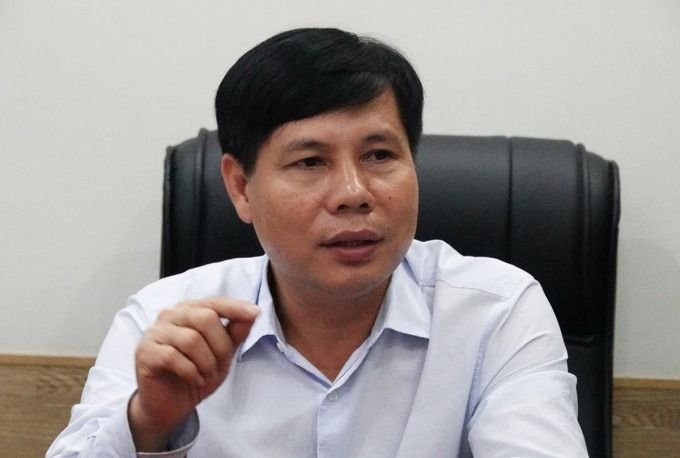
Ho Chi Minh City traffic is 'confusing' due to lack of capital 1
Deputy Director of Ho Chi Minh City Department of Transport Phan Cong Bang answered VnExpress about the current situation and solutions to seek investment capital for city transportation after the Law on Investment in the form of public-private partnerships (PPP) was approved by the National Assembly.
Mr. Phan Cong Bang interviewed with VnExpress on September 25.
– How will the suspension of BT projects from August 15, 2020 affect investment in traffic projects in the city?
– Faced with development requirements but limited budget resources, in recent years, Ho Chi Minh City has focused on attracting non-budget capital sources in the PPP method, including BT to develop traffic.
With this method, many key traffic projects were then implemented and completed, not only contributing to reducing traffic congestion pressure but also promoting the city’s socio-economic development.
However, recently the Law on Investment under the public-private partnership method stopped the BT project.
Stopping the BT project will bring challenges in finding investment sources to carry out traffic projects in Ho Chi Minh City.
In addition to Can Gio bridge, the Binh Tien road and bridge project has a total investment of about 4,000 billion VND, connecting from Binh Tien – Pham Van Chi intersection (district 6) to Nguyen Van Linh street (Binh Chanh district);
– How many investment traffic projects are being implemented in Ho Chi Minh City in the form of BT?
– In addition to the budget and ODA (foreign direct investment), since 2005 there have been many projects in the city implemented in the form of PPP.
Meanwhile, with the budget capital for the 2016-2020 period, the capital plan arranged according to progress and implementation ability for projects under the Traffic Congestion and Traffic Accident Reduction Program reached more than 12,600 billion VND, meeting
– With the BT project being stopped, does Ho Chi Minh City have any solutions to find alternative sources of investment capital?
– Detailed regulations are available in the Law on Investment according to the public-private partnership method.
When the BT investment form no longer exists, in addition to other investment methods such as BOT, BOO… it is necessary to consider and calculate more solutions to reduce the burden on the budget.
If you bear part of the cost of creating surrounding infrastructure in the long run, investors will also benefit because the project value will increase, and the reputation and brand will also be much better.

Pham Van Dong Street is the first project to sign a BT contract in Ho Chi Minh City.
– Since 2017, the proportion of Ho Chi Minh City’s budget kept reduced from 23% to 18%, how does it affect the city’s transportation investment capital?
– Master plan for socio-economic development of Ho Chi Minh City to 2020, vision to 2025 with a total capital need of 2.7 – 3 million billion VND for the period 2016-2020, of which the budget accounts for 10%.
In the period 2017-2020, the annual budget retention rate of Ho Chi Minh City decreased sharply from 23% to 18%.
It must be recognized that, if a road is invested and built in Ho Chi Minh City, it will have higher profitability and efficiency.
With such a budget allocation rate, in fact not only Ho Chi Minh City but also surrounding localities are affected and disadvantaged.
– BT project helps mobilize capital in the transportation sector, reducing the burden on the budget.
– Public-private partnership investment methods in general and BT contracts in particular actually bring many effective results.
In addition, in recent times the system of legal documents related to PPP investment has had some shortcomings and many changes, so when applied in practice there are some limitations.
Those are some of the shortcomings that exist in the BT project.





